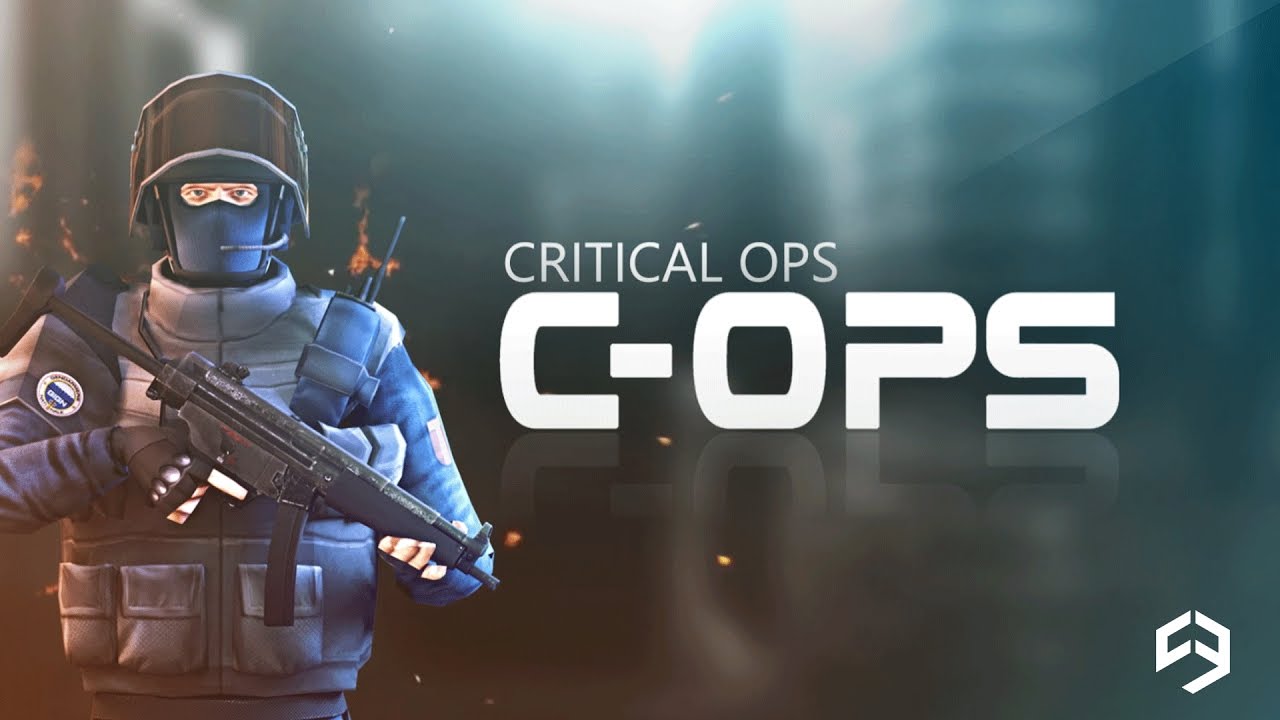Mobile esports continue to gain traction around the world. We’ve seen the growth of Vainglory in recent months and whilst many frowned at Clash Royale winning a BAFTA for esports, it’s a sign that mobile esports is on the up. Now, mobile developer Critical Force has announced an office in Seoul, Korea as it sets sights firmly on the Asian market.
For those unaware, Critical Ops is a mobile competitive first person shooter (FPS). The developer remains confident that it can breakthrough into the wonderful world of esports. Statistics such as 22 million downloads and 800,000 daily users are most definitely impressive.
We caught up with Veli-Pekka Piirainen, CEO of Critical Force and Tim Spaninks, Korean Office Lead Designer to find out more about the expansion to Seoul.

Esports Insider: Do the rules around gore (etc) in markets such as China provide an extra barrier to entry for Critical Ops? How have you planned to navigate around the different rules?
Veli-Pekka: We are going to answer the market of Korea and the rest of the Asia first, we don’t have a solid plan especially for China yet. It is a huge marketing area, and we will get there eventually, in one way or another. However, it is clear, that nobody can go to the Chinese market without a local partner. Entering the market and implementing necessary features in the game has to be planned and executed in a good cooperation with the partner.
Tim: With such rules around gore and display of death, the visuals of the game will have to be adapted accordingly.
ESI: Does the government control and regulation pose a different challenge in Asia? Does the bulk of the market remain open or is it likely to remain stringent?
Veli-Pekka: “Finding the best local partner will help us a lot to best enter the Chinese market, because they have the knowledge, experience and contacts.
Tim: Different regulations and rules do pose some minor challenges. For example, it seems like we’ll have to disclose a list of all randomised cases and/or drops that are present in the game, with all the chances and or drop rates. Apart from such minor issues as aforementioned I don’t foresee any major obstacles for us.
ESI: Does the LAN cafe culture in some of the biggest Asian cities and countries mean mobile is less widespread as, say, in Europe or North America?
Tim: Here in Korea it doesn’t seem so at all. People seem to be fixated on their mobile phones at least as much as in western culture, and mobile gaming is very widely spread. The cost of mobile phones has up until now meant that in the Asian market (on average) people tend to have older and cheaper devices with lower specifications than in the Western market. This is a gap that has been closing quite rapidly and that we expect to keep doing so, resulting in a very quickly growing market.
Veli-Pekka: I definitely agree with Tim. Asia is leading the mobile gaming revolution. People in Korea have already much newer and better devices than we have here in Finland. Different kind of mobile services are much more common in China than in Europe and North America. Asia is definitely the biggest mobile game market.
ESI: Following the new partnership, will we see you guys pushing out more titles or is the primary focus on Critical Ops?
Tim: Critical Force has been growing rapidly and our vision reaches far beyond just Critical Ops. Even though our main focus is on Critical Ops for the time being, you can definitely expect to see more competitive mobile games by our hands in the upcoming years.

